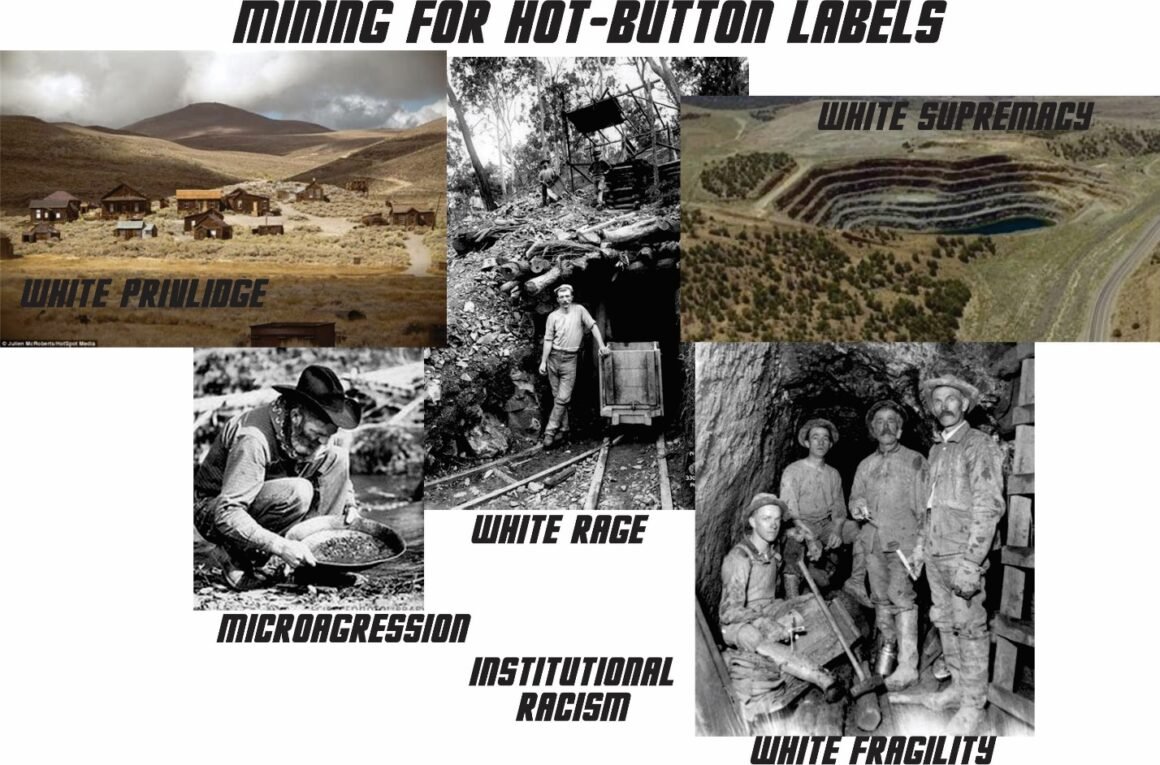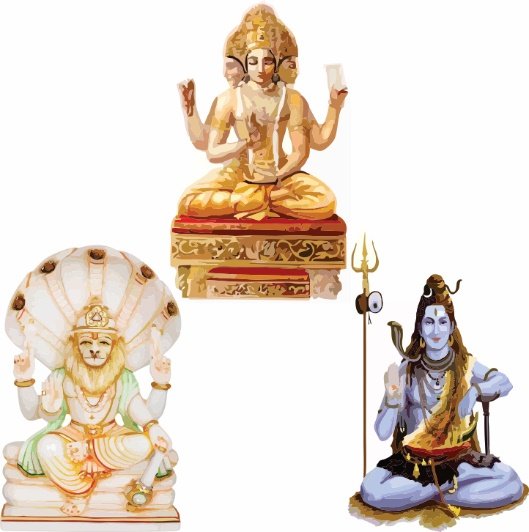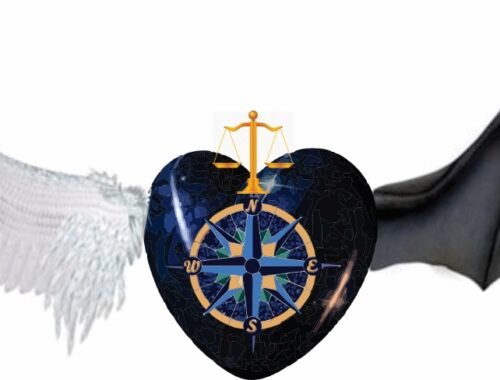
Part 4—Mining for Controlling Labels
Abstract: Political and social engineering groups use labels to hide their intent and to suppress counter narratives.
Mining for new labels is the new gold in reverse cultural hegemony. Now this is not that new in America. Americans have a long tradition of labeling their political opponents. Most of these terms, such as “Boss Tweed” and “Mugwumps” disappeared in the dustbin of history. Political rivals used them to attack each other, but they did not particularly want to change the status quo. They just wanted to benefit from it.
Today’s cultural label miners are, however, different. They want to change the status quo through capturing institutions and re-inventing cultural hegemony to their vision. In the extreme case of the adherents of Critical Race Theory (CRT) the vision is for a wholesale change of American institutions, government, and society.
CRT comes from cultural label mining as well. The “critical” part of the label has two connotative meanings. First, it implies that it is extremely important. Second, it connotes critical thinking. This is nothing new; Critical Theory is the parent of CRT. The “critical” in Critical Theory explicitly means to convey critical thinking about society. Interestingly, Antonio Gramsci, who I discussed in part 3 of this series, was an advocate of Critical Theory and Cultural Hegemony. He was vital to their development and propagation. One may even say he gave Marxism a politer, more palatable face. But it is still Marxism, with Marxist goals. Let be even clearer: Critical Theory is a Marxist doctrine. There is little critical thinking about it since it engages in several cognitive biases (see part 3a of the Judgment and Policy series). It starts with a desired premise and includes only arguments that support the premise. It is not even really a theory. Gramsci’s approach is a form of Maskirovka.
Why is this important? The adherents of CRT and their handlers want to change America and they are co-opting American institutions to do so. They use the principles of Cultural Hegemony to transform these institutions and then use them to propagate their message and wrap it in liberal messaging.
That is why the label mining is so important. They want the institutions to focus on the labels and create memes to propagate them rather than focus on the real implications of CRT. The strategy is quite clever. The advocates of CRT carefully crafted the terms shown in the figure on four dimensions.
- First, these terms all take the focus off the Black culture and place it squarely on the mainstream culture.
- Second, the terms make the mainstream culture look like oppressor and the Black culture as a victim. This plays well in a country that roots for the underdog. The terms white supremacy and microaggression are good examples.
- Third, the terms white rage and white fragility make any criticism of CRT and BLM seem like attacks and more oppression. This cuts off any critical discussion of the concepts.
- Fourth, CRT and BLM attack mainstream culture and attempt to suppress it. Adherents designed terms like institutional racism and white privilege to reinforce the CRT concept that America embeds racism into everything and therefore everything needs to change.
Halimah Abdullah in What do terms like systemic racism, microaggression and white fragility mean?, explains these terms from a BLM/CRT perspective. This perspective differs from that described above. I provide it for balance and reference. So let us look at them from a different perspective.
- Microaggressions. We all, regardless of race or gender, probably commit and experience several of these events every day and do not even realize it. Adherents deliberately mined this term to support the CRT narrative to show America built racism into everything.
- White Supremacy. While there are clearly white supremacist groups such as the Aryan Nation, they are small and fringe. Although the exact numbers may be hard to find or trust given the co-opting of some governmental organizations. But let us ask a question, if you can have Gay Pride and Black Pride, why can’t others be proud of their ethnic heritage? Again, perhaps the reason is to supports the CRT narrative.
- White Fragility. Robin DiAngelo popularized this term in the book, White Fragility: Why It’s So Hard for White People to Talk About Racism. She coined the term in 2011 in a paper titled. She defined it as “White Fragility is a state in which even a minimal challenge to the white position becomes intolerable, triggering a range of defensive moves including: argumentation, invalidation, silence, withdrawal and claims of being attacked and misunderstood.” This concept is perfect for the CRT narrative and immediately labels any criticism of BLM and CRT as examples of White Fragility.
- White Rage. Carol Anderson coined this term in a 2016 book, White Rage: The Unspoken Truth of Our Racial Divide. White Rage is a complement to White Fragility and serves the same purpose: to deter any criticism of BLM and CRT. She says white fragility comes from the structural—institutional racism—built into American institutions.
There is no doubt America was once a very racist country and that many institutions had embedded racism. The first question today is whether they still do and whether these terms help or hinder further racial harmony. The second question is whether some groups—and not only those like the Aryan Nation—even want racial harmony. Given the tone and tenor of the education, entertainment, media, and governmental institutions today, racism may still be institutional, but it is the other way. Many institutions now explicitly discriminate against Caucasians, especially white males. The government does this as well with policies that explicitly state women and minorities must be considered for positions before white men.
The advocates of CRM and BLM seem to have succeeded. They have co-opted the education, media, entertainment, and government institutions. Using these institutions in true Gramascian style, they seem to be on the precipice of becoming the dominant culture.
Part 1: Political Movements—Maskirovka and Words Hide Meanings
Part 2—What is in a Name?
Part 3—Controlling the Narrative and Cultural Hegemony
Part4—Mining for Controlling Labels
Part 5—Does Culture Matter?
Part 6—A Riddle Wrapped in a Mystery Wrapped inside an Enigma





